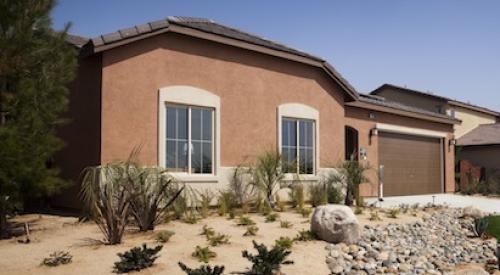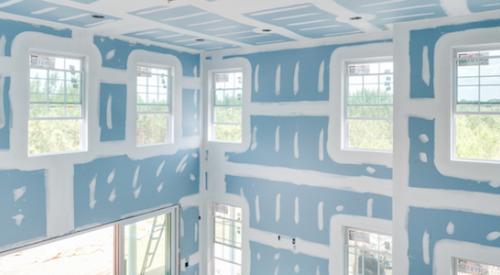Looking to save money and keep your home buyers happier longer on your next new home project? Some savings might be easier to find than you think -- just check the trash bin and its contents. Simple conservation and pollution-prevention measures can reduce material costs, improve installation efficiency, limit trash-bin expenditures, and make it easier and less expensive for buyers to care for and maintain their new home and yard.
The Arizona Department of Environmental Quality put together the following checklists that show builders where to look for potential savings throughout the construction process.
Framing
Use alternative and engineered wood products and framing systems to increase durability and reduce the use of virgin materials.
Centralize cutting and framing on site to promote reuse and recycling of wood cutoffs.
Segregate reusable wood materials and use cutoffs during framing for corners, cripples, blocking and backing.
Utility Installation
Use temporary electric service instead of a generator during construction.
Measure and cut piping to exact lengths. Thoroughly clean the pipe before bonding and installation to reduce future repair and replacement.
Interior/Exterior Finishing
Plan roofing material use and size to minimize excess cutoff. Use pre-manufactured roofing systems where possible.
Use low-VOC adhesives for linoleum, wood and carpet floor covering and latex paints to reduce exposure to chemicals in the workplace.
Install energy-efficient appliances and water-conserving faucets. Use air-conditioning units and refrigerators that don't contain CFCs.
Use insulation materials made from recycled glass and newspaper, and wood alternatives, such as recycled plastics, made for outdoor application.
Purchase drywall with high post-consumer recycled content.
Landscaping
Plant low-maintenance, drought- and pest-resistant plant species.
Use organic compost and organic fertilizers instead of petroleum-based products.
Painting
Control inventory and store materials to prevent spills and cross contamination.
Prepare surfaces thoroughly before application.
Use high-transfer-efficiency spray paint equipment and prevent overspray.
Educate employees on proper management, use and disposal of paints, thinners and associated waste.
Use zero- and low-VOC paints to improve indoor air quality.










